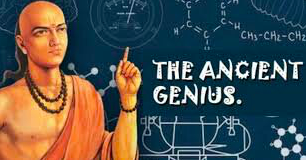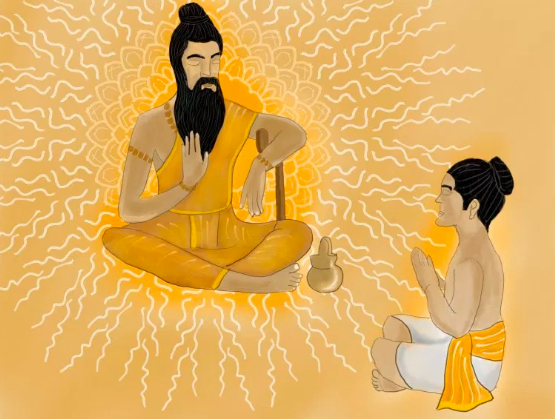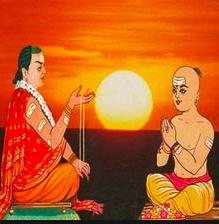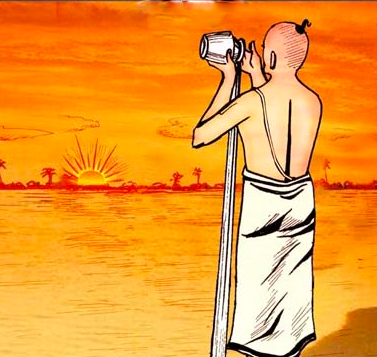
Đ Sanātan Pratibhā अनुबन्धनम् :
This Series will Unravel Ancient Geniuses of BhārataVārṣa !
Āryabhaṭa & his Āryabhaṭīyaṃ - Part I
Āryabhaṭa was 23 years old when he wrote Āryabhaṭīyaṃ ; It is so Extensive & Detailed that it was 1000 years ahead of it’s Time!
#Thread
This Series will Unravel Ancient Geniuses of BhārataVārṣa !
Āryabhaṭa & his Āryabhaṭīyaṃ - Part I
Āryabhaṭa was 23 years old when he wrote Āryabhaṭīyaṃ ; It is so Extensive & Detailed that it was 1000 years ahead of it’s Time!
#Thread

I'm starting this Series { Đ Sanātan Pratibhā अनुबन्धनम् } with Āryabhaṭa & his Āryabhaṭīyaṃ and I will try to cover as many details as possible in multiple parts on Āryabhaṭa.
Let’s Begin to Unravel the Astounding Scientific Feats of Đ Āryabhaṭa !
Let’s Begin to Unravel the Astounding Scientific Feats of Đ Āryabhaṭa !
Āryabhaṭa was one of the earliest Indian Mathematicians & Astronomers whose pioneering work in these fields is still referenced by many modern scholars world over.
With so much wisdom compiled in one single book,Let’s have an insight into d book & how its composer created it.
With so much wisdom compiled in one single book,Let’s have an insight into d book & how its composer created it.

Before the book, there were Vedic scriptures which detailed mathematical relationships in geometrical shapes for the construction of altars and temples ; But what makes Aryabhatiya so different is the way it was written.
The Āryabhaṭīyaṃ’s entire script was written in Sanskrit
The Āryabhaṭīyaṃ’s entire script was written in Sanskrit
& hence reads like a poetic verse rather than a practical manual.
The book has exactly 123 Verses in it.
It contains 4 Adhyāyās or sections, each covering various fields :
I) Gītīkāpāḍaṃ (13 verses) : Dealt with time, especially large units of time.
The book has exactly 123 Verses in it.
It contains 4 Adhyāyās or sections, each covering various fields :
I) Gītīkāpāḍaṃ (13 verses) : Dealt with time, especially large units of time.

II) Ganitapada (33 verses) : Covered mathematics of measurement, arithmetic and geometric progressions.
III) Kalakriyapada (25 verses) : Told how one could determine the positions of the planet for any given day
III) Kalakriyapada (25 verses) : Told how one could determine the positions of the planet for any given day
IV). Golapada (50 verses) : Geometric/Trigonometric aspects of the Celestial Sphere ; Dealt with the earth’s shape and its celestial presence.
Āryabhaṭīyaṃ is the oldest book ever to use alphabetic numerals.
Āryabhaṭīyaṃ is the oldest book ever to use alphabetic numerals.

That means Āryabhaṭa used letters of the alphabet to form number-words, with consonants giving digits and vowels denoting place value of those digits. This allowed him to do complex calculations of large numbers and even execute divisions.
To be Continued,,,…
To be Continued,,,…

@RituRathaur @ikkmurugan @Mishti_in @shallakaul @BeenaPP1 @Gopalee67 @geetaraavi @jlbc406 @kachnarr @apparrnnaa @ushanirmala @lokagatha_ @bangadvedant @aneelgs @mysql_sync @deshmata @VamseeJuluri @HinduMediaWiki @vishalshahani11
• • •
Missing some Tweet in this thread? You can try to
force a refresh













